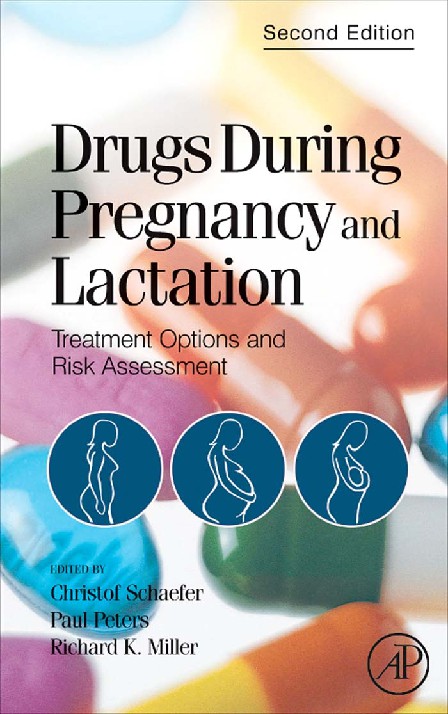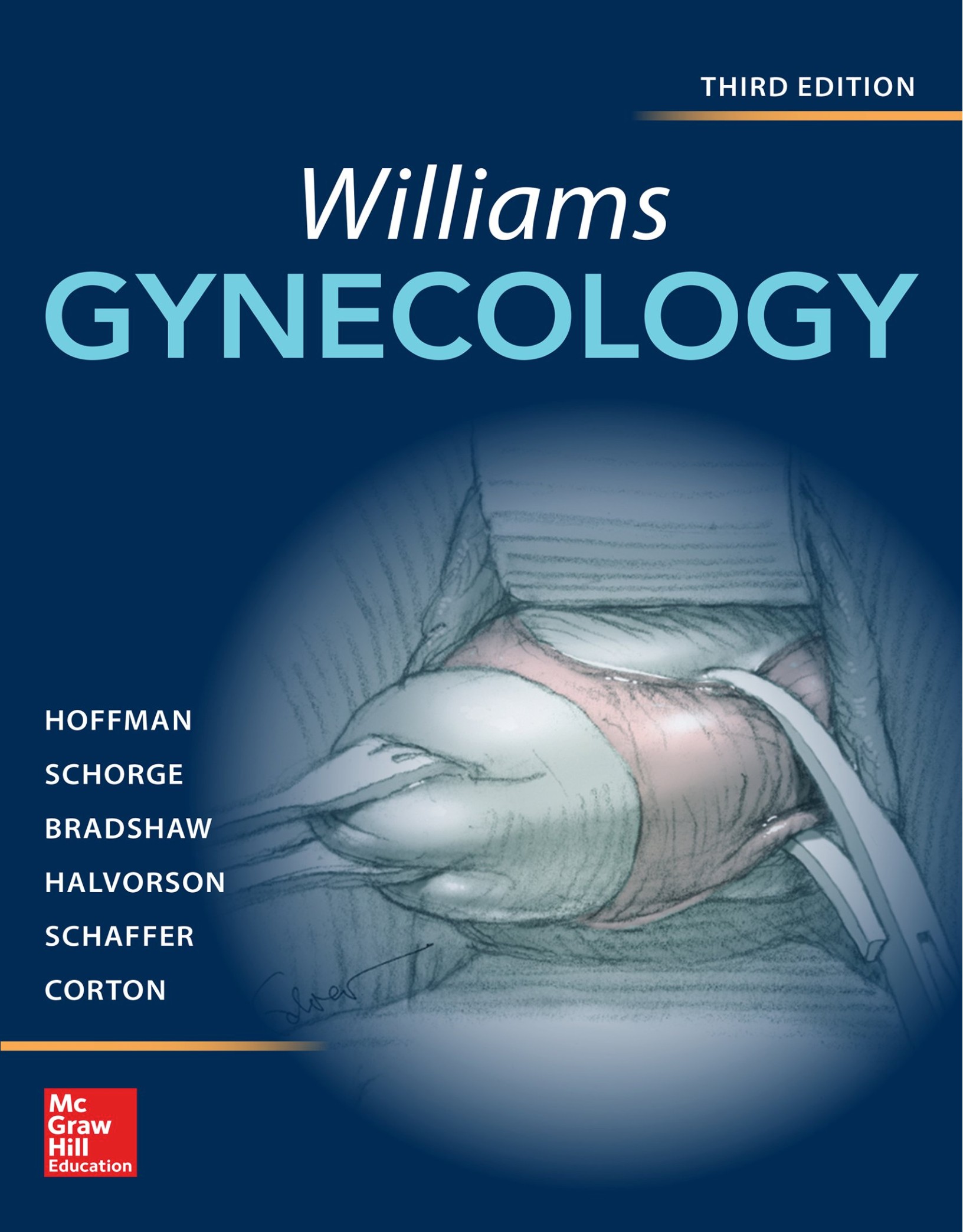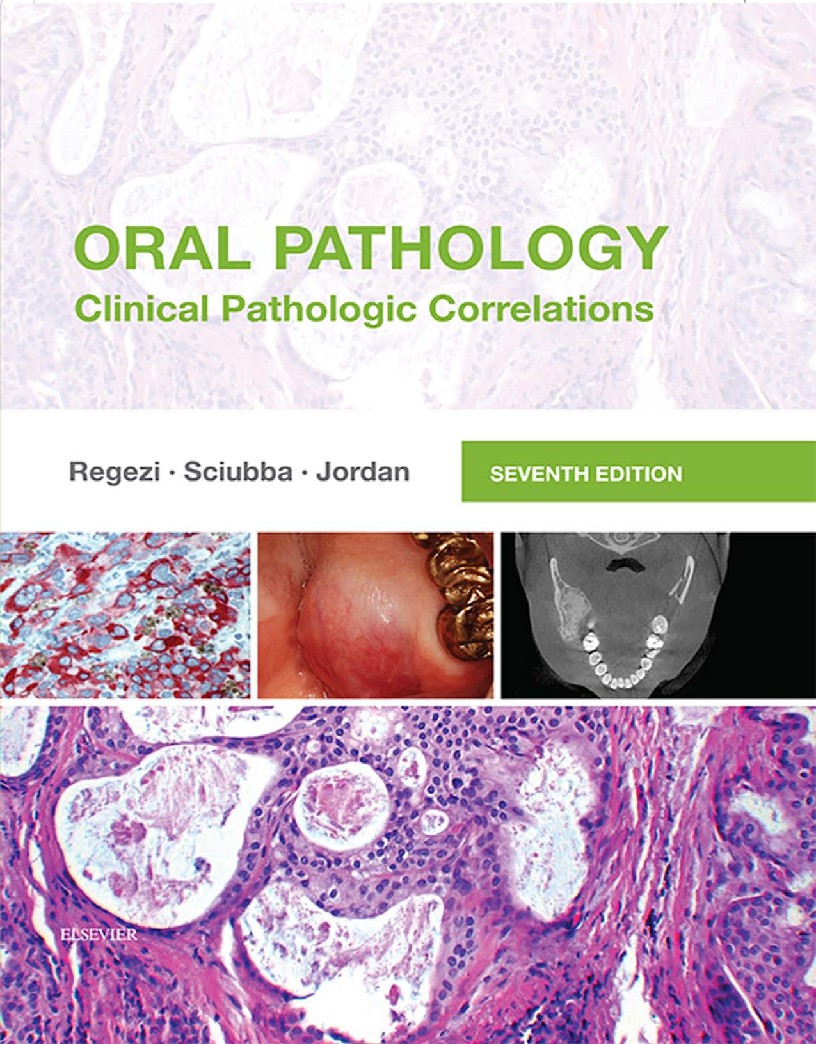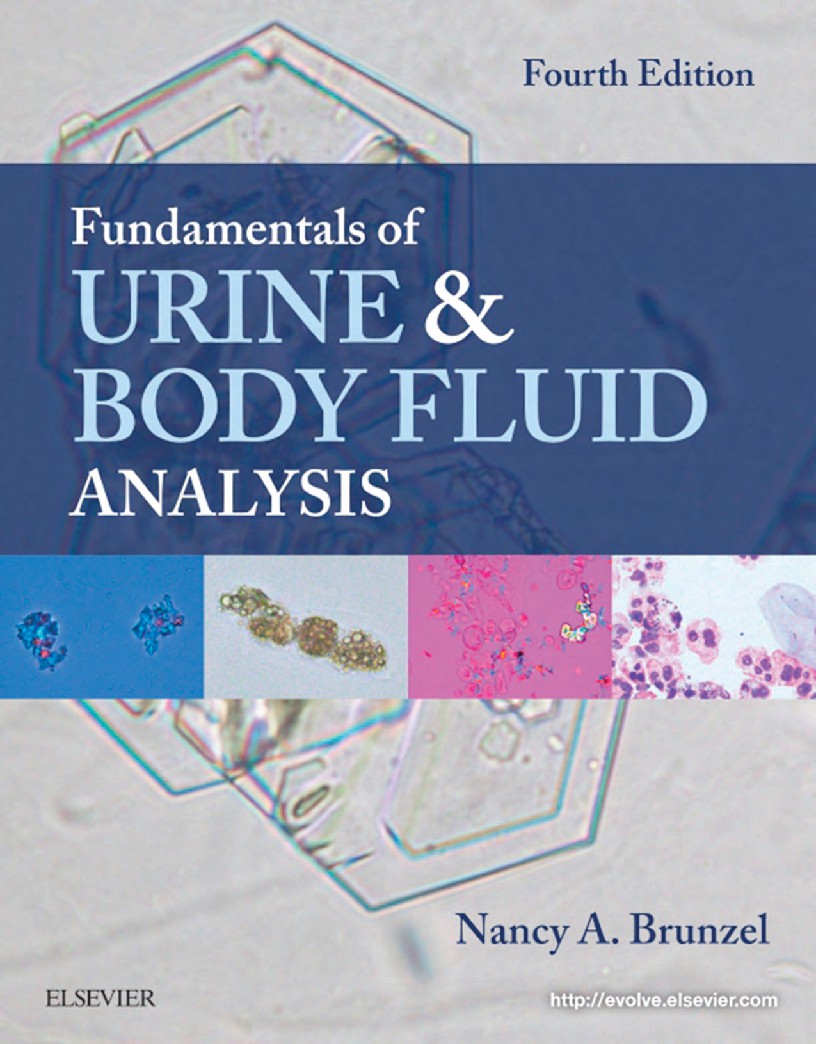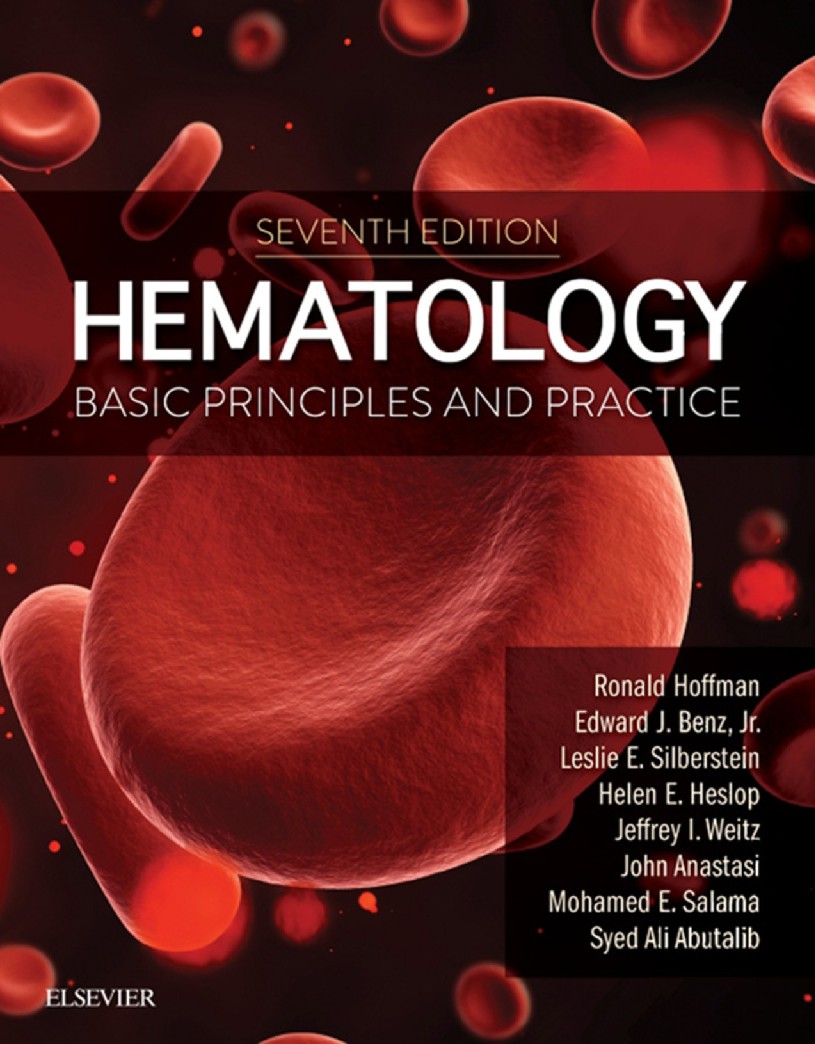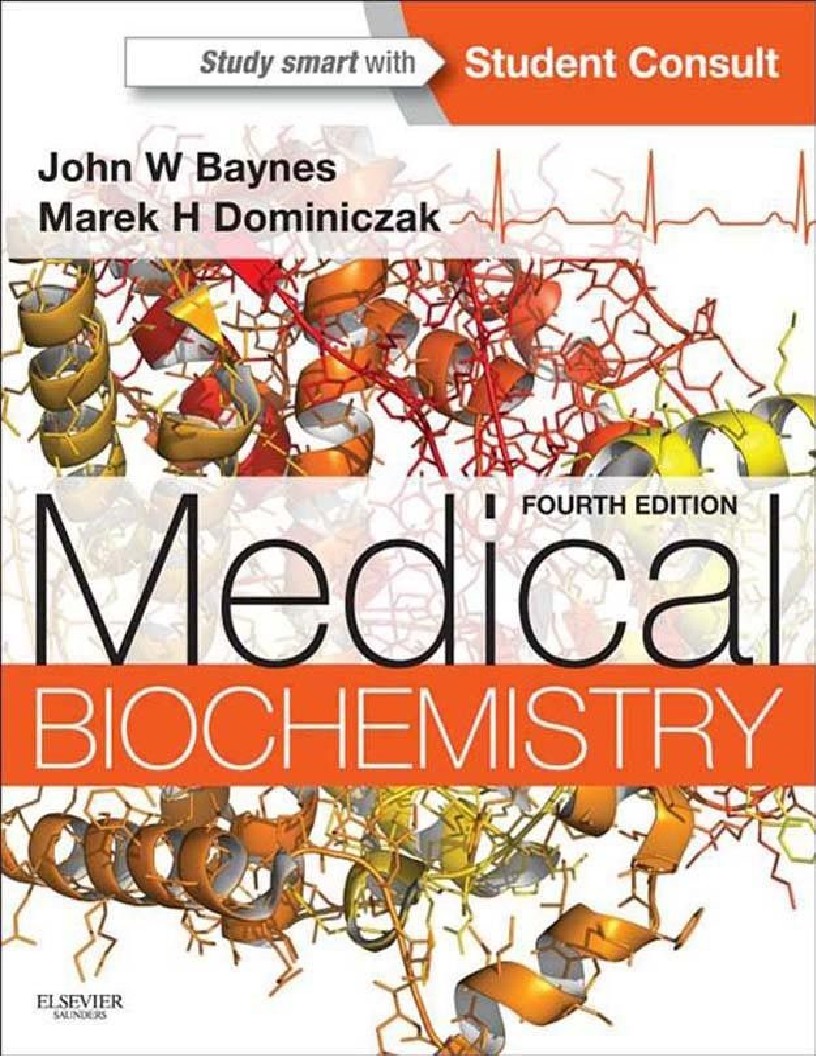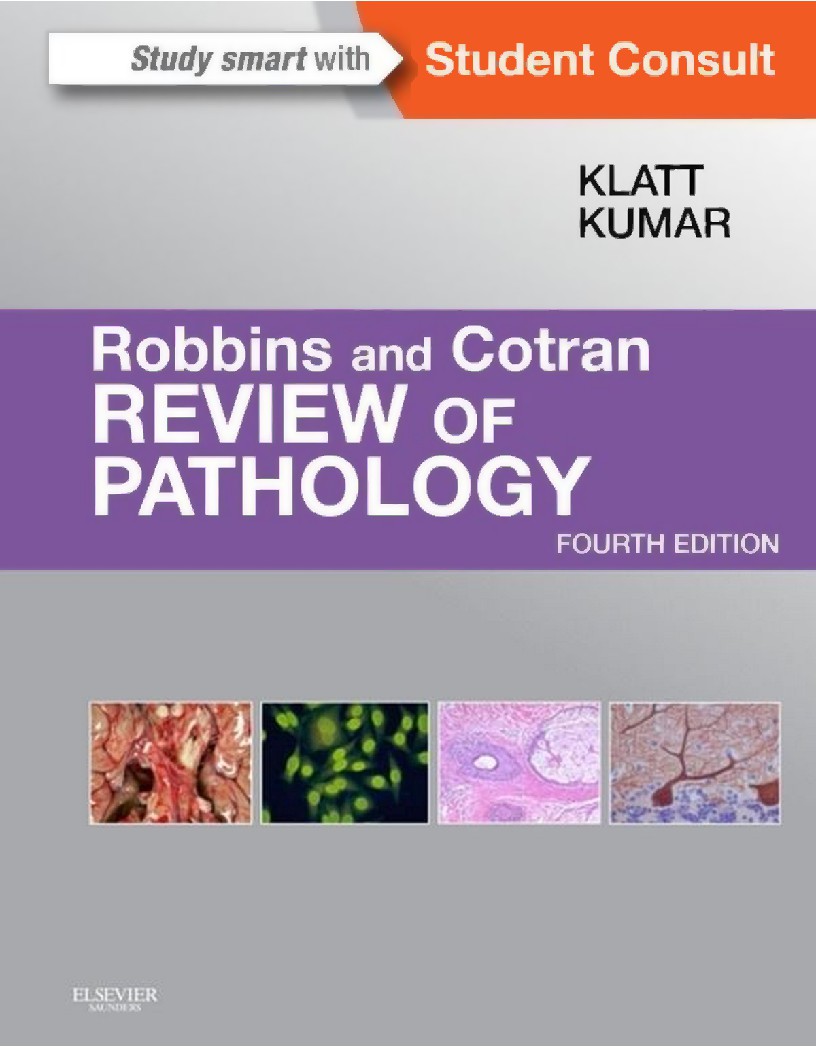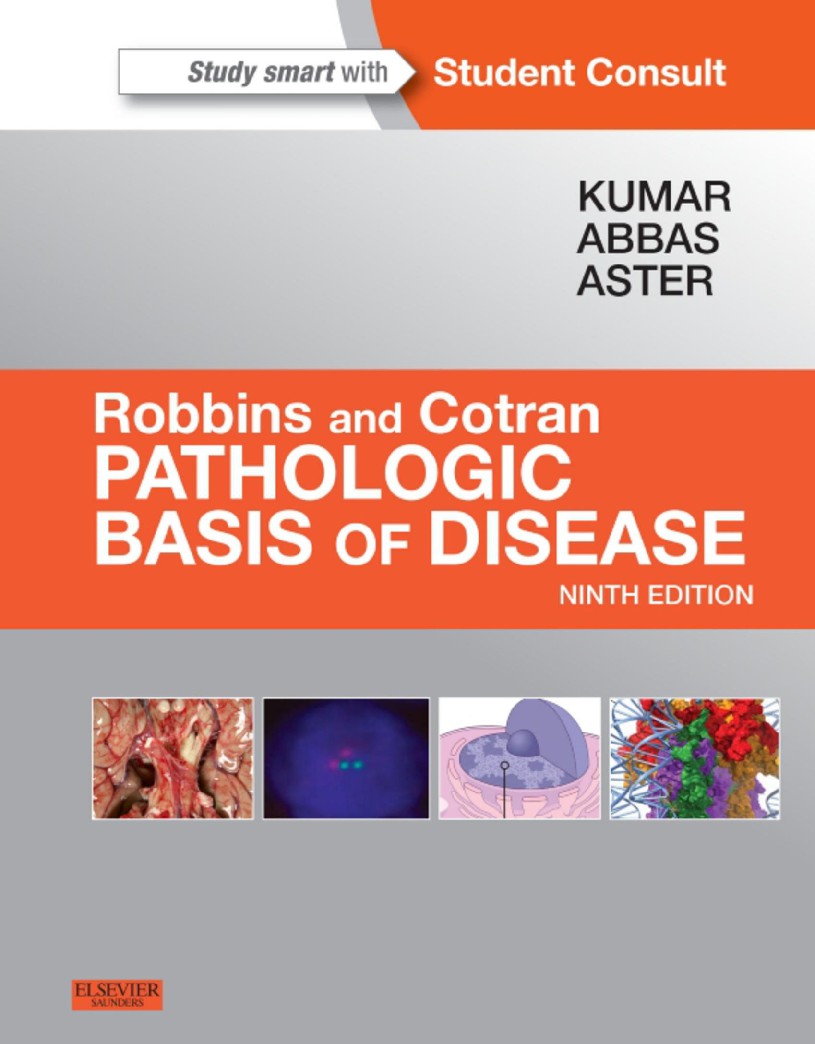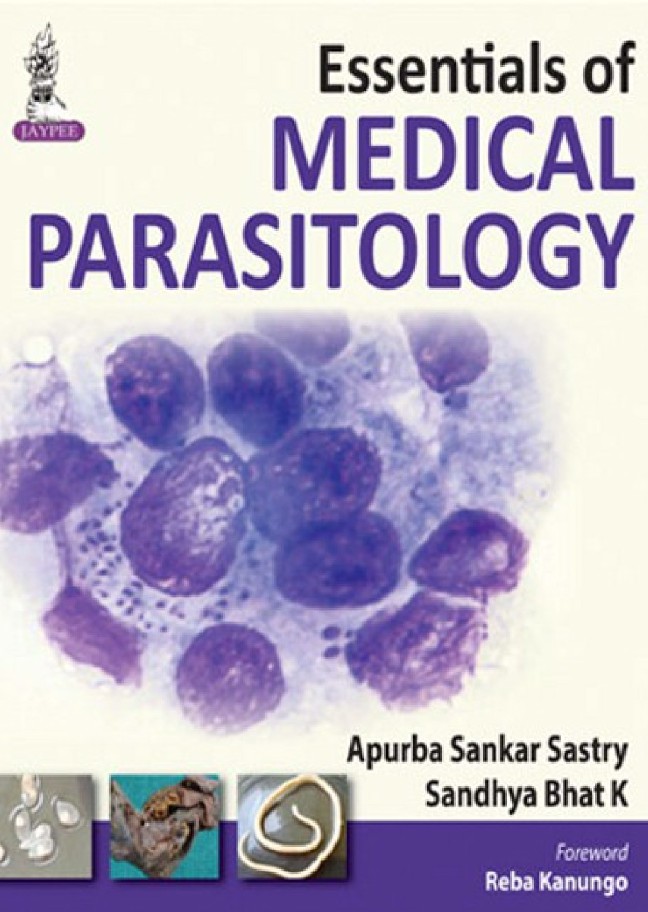Book Details
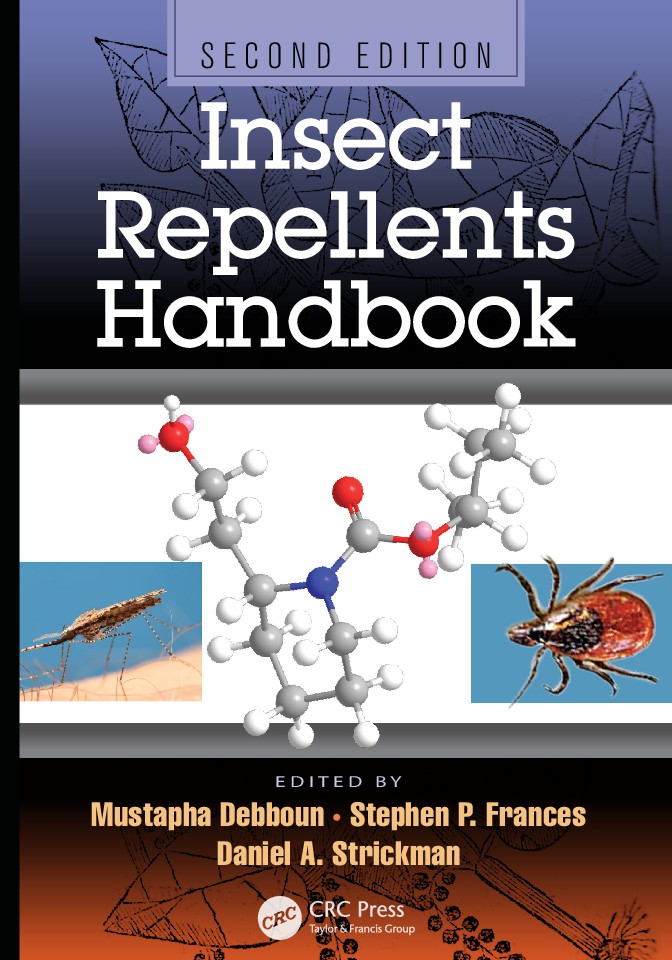
Insect Repellents Handbook, 2nd Ed
K15277The public has a great desire for products that prevent the annoyance of biting insects and ticks, but that desire does not always translate into sensible use of those products. Insect Repellents Handbook, Second Edition summarizes evidence-based information on insect repellents to inform decisions by those involved with insect repellent research, develop-ment, and use. This authoritative, single-volume reference makes it possi-ble for the individual to gain a working level of expertise about insect repellents in a timely manner, without having to search through the literature. The book includes a thought-provoking discussion on how repellents work, their neuromolecular basis of action, and whether green chemistry can provide effective repellents. It also supplies an in-depth understanding of the development of repellents including testing methods, review of active ingredients, and the use of chemical mixtures as repellents. It provides various science-backed chapters on repellent use including best practices for use of personal protection products, criteria for repellent use, and insect repellents for other potential use. The previous edition was the rst comprehensive volume on this subject, and it is recognized as a key reference on insect repellents. This second edition re
ects the current state of insect repellent science, covers the processes involved in the development and testing of new active ingredi-ents and formulations, and discusses the practical uses of repellents. It is a resource that will be useful to a wide variety of professionals, including insect repellent researchers, medical entomologists, public health profes-sionals, medical personnel, industry and sales professionals, government regulators, and wildlife scientists and managers.
Author: Mustapha Debboun, Stephen P. Frances, Daniel A. Strickman
Pages: 400
Issue By: eBook 707
Published: 3 years ago
Likes: 0
